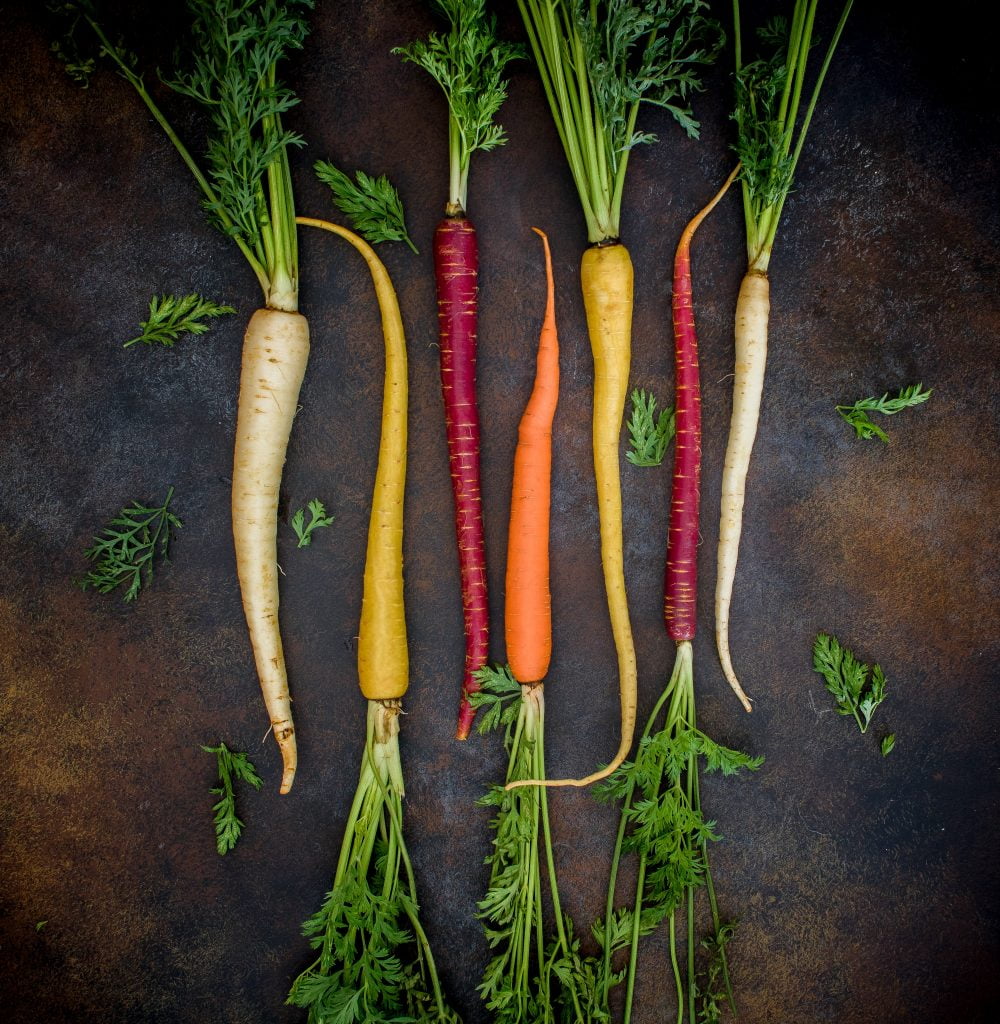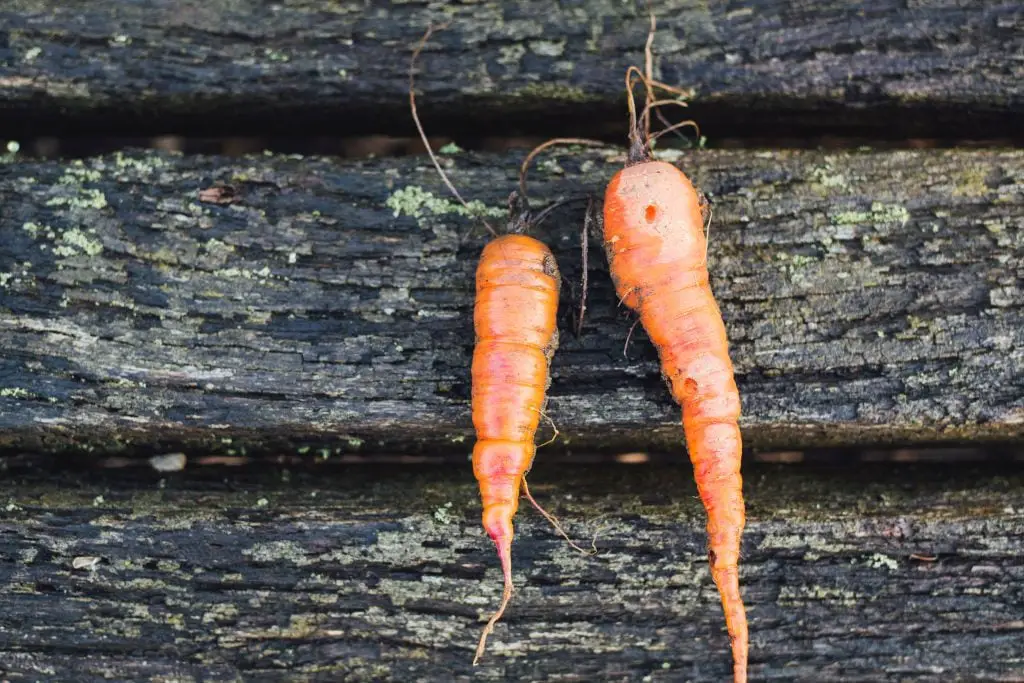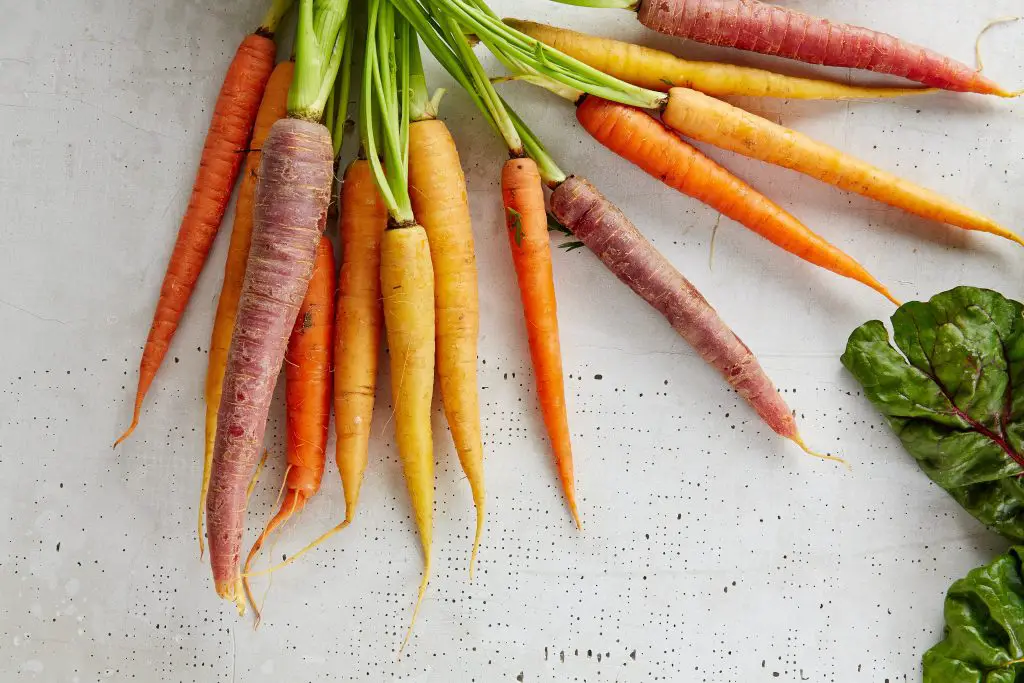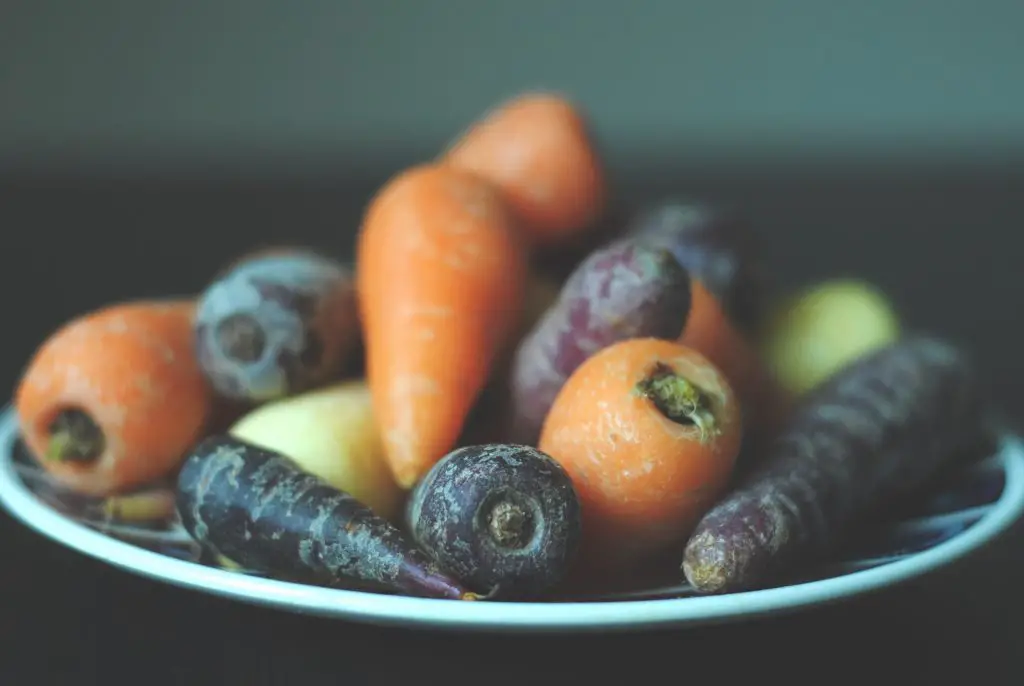Tricks To Planting Carrot Seeds. For many people, one of the trickiest vegetables to grow is Carrots. Many people experience patchy germination, and in some cases, Carrots do not come up at all. They are slow to germinate, so when they do come up, it is often difficult to tell what are weeds and what are Carrots. Additionally, it is one of the few vegetables that is not suited to be planted in trays, as the process of transplanting can damage the taproot. So what can you do to ensure a perfect crop every time?
The best method to ensure a reliable harvest is to germinate the seeds before they go into the ground, which requires you to pre-soak the seeds and germinate them on a damp towel. The seeds will be primed and ready to go, in approximately one week.
The technique works well irrespective of the variety of carrots selected. There are many varieties available through low-cost seed suppliers such as Seeds Now. However, there are also smaller seed suppliers that offer more unusual varieties such as Seeds for Generations and St Clare Seeds at a slightly higher cost if you are feeling adventurous.
The other method that is sometimes recommended is to plant the carrots around double the depth of what is on the seed packet. I recommend depths of half an inch. This practice will increase the chances of germination, however, I recommended combining this practice with some form of presoaking to make it absolutely certain germination occurs.
How To Ensure Carrot Seeds Germinate
The main reason seedlings do not appear is insufficient moisture during germination. This occurs frequently because Carrot seeds are sown directly into the soil, at a depth of 1-2 cm. At this depth, it is difficult to ensure that the seeds remain in a moist environment for a sufficiently long period to ensure germination, particularly in hot weather. It is generally recommended, that the planting of seeds is not attempted unless the temperature range is between 4-26°C (39-78°F).

Additionally, there is potential for the soil to form a crust, which will also prevent successful germination. This typically occurs, when heavy overhead irrigation or rain causes the soil to compact and form a crust.
To avoid these problems, there is a couple of techniques that can be used to ensure germination, which is listed below.
Priming The Seeds
The first technique is priming the seeds, prior to planting. To do this, start by soaking Carrot seeds in water, for approximately 1 hour. After an hour, transfer them onto a damp paper towel that can be folded over the seeds, and then is placed in a sealed airtight container, or an old takeaway or Tupperware container, suitable for this purpose. Keep the container at room temperature for 5 to 7 days, before planting the seeds out into the soil.
As with all Carrot seeds, sowings ensure that the soil remains moist in the first few weeks, and the rate of germination will improve significantly.

Pre-Germination Of Seeds
Pre-germination of seeds is essentially a variation on the priming of the seeds technique, that allows the gardener to assert greater control over the early stages of growth. This technique is relatively labor-intensive, as such, I would only recommend it as a last resort if priming of seeds fails or your garden is relatively small.
As with priming seeds, start by soaking the seeds in water for 1 hour. After 1 hour, transfer the individual seeds, one by one onto the damp towel. The individual seedlings should be separated on the towel, to ensure that they can be picked up individually later. Transfer the damp towel into a sealed airtight container and store it at room temperature, away from direct sunlight.
Check on the seedlings every few days, until clear signs of germination are observed, for most of the seeds. At this stage, the seeds may be transferred individually into the final planting spot. To transfer the seeds, start by pre-soaking the soil with water, to ensure it is moist. Using a pencil or dibber, create holes for the individual seeds, that are approximately 5cm (2 inches) apart and 2cm (1 inch) deep. Transfer a seed to each hole carefully and cover them over.

To ensure the seedlings survive, it is a good idea to cover them with milk carton cloches, with the bottom cut out. This will help to prevent the slugs and snails from getting to the seedlings. At this point, it is a good idea to prepare a second lot of seeds, just in case there are any seedlings that fail, or are destroyed.
Tips On Growing Carrots
Carrots prefer a location in full sun but will tolerate partial shade. The soil should ideally be loose and well-drained. To ensure this, it is best to remove any plant debris or stones from the soil in the bed.
Any impediment to root development will result in twisted, forked, or split roots, and heavy clay soil in general can be problematic. Avoid adding additional manure or fertilizer, as this will also increase the tendency of the roots to fork. Carrots prefer a pH between 6.0 and 6.5, to learn more about how to test the pH of your soil, go to https://planyourpatch.com/why-is-ph-important-in-soil/.
Carrots are best sown in Spring or Autumn, to avoid the worst of the summer heat, which will affect the rate of germination. During the growing season, keep the Carrots moist to avoid having the roots split as they mature.
As the Carrots mature, take an initial harvest to thin the plants, but avoid disturbing the roots of the Carrots left behind. Continue to harvest the roots as needed, as they will be happy to remain in the ground for an extended period.

Storage
It is only necessary to remove Carrots, if the soil becomes too wet, as there is a risk the roots could rot, or if the ground begins to freeze. For regions with mild Winters, it is easiest to just leave them in the ground until required.
In regions where the Carrots need to be removed, they can be stored in the refrigerator for up to a month. However, it is a good idea to avoid storing them next to Ethylene gas-producing fruits, such as Apples and Pears, as this will accelerate the ripening process. If long-term storing is required, they can be stored unwashed in damp sand, which mimics the conditions they would experience in the ground.
If stored in this manner in a dark, cool, well-ventilated area, the Carrots will last up to 5 or 6 months. Alternatively, Carrots can also be blanched and then frozen.
Related Articles
How Many Carrots Grow From One Seed?
12 Tips To Boost Your Garden Output
10 Ways To Make Your Vegetable Garden Look Beautiful
